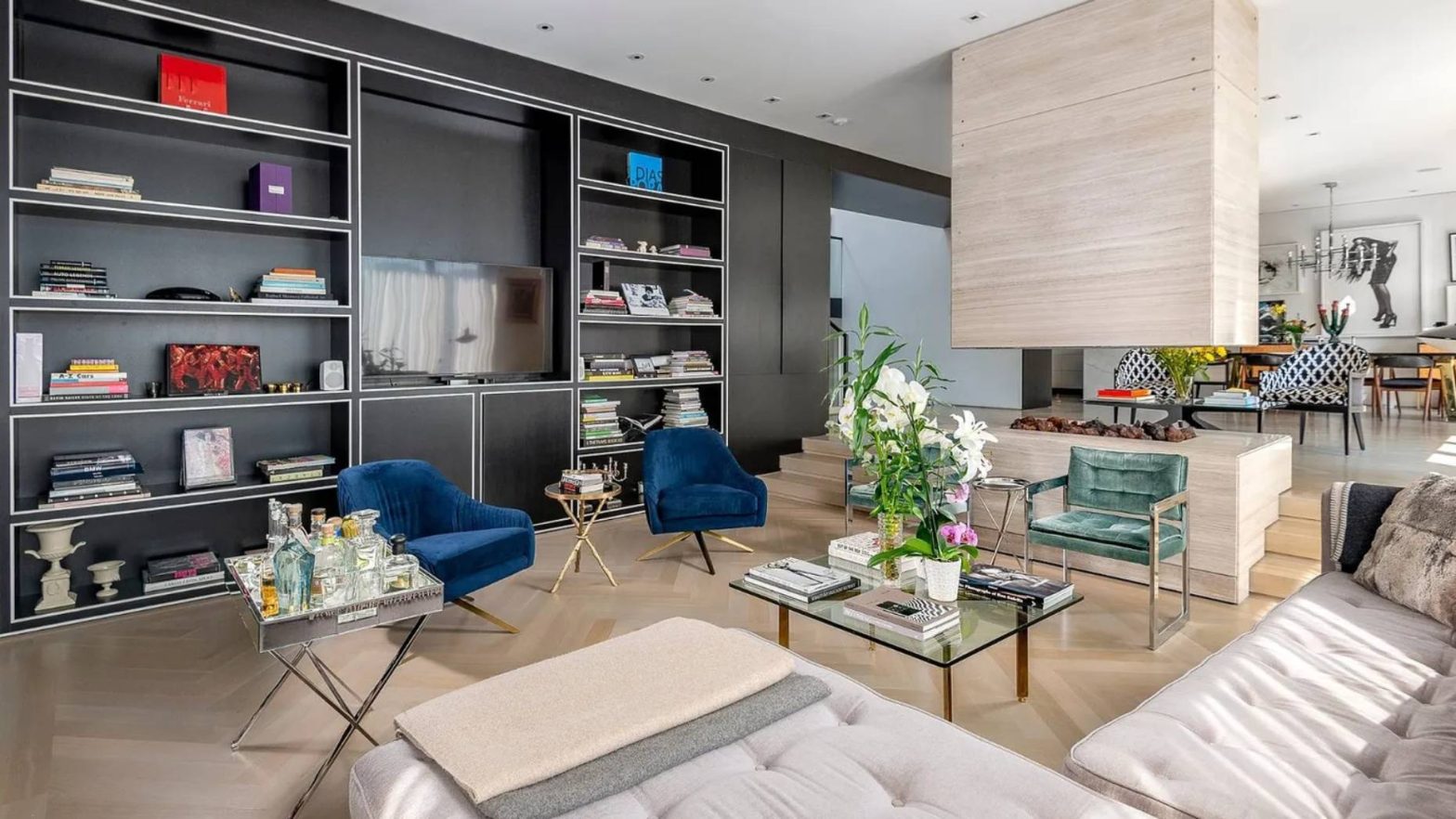You walk through the front door and your jaw drops. The dark, cramped rooms of the old house have been transformed into sun-filled spaces with custom details. Gleaming hardwood floors flow throughout the first floor and a chef’s kitchen with a large island beckons. You glance up the stairway, now illuminated by a new skylight, leading to expanded bedrooms that finally give the kids room to play.
This dream house is the result of a fast-paced renovation that utterly transformed the home. As John Goodrich, MD of I Buy IL, says, these types of renovations are quickly changing urban landscapes across Chicago.
From updating outdated properties to adding modern amenities, homeowners are investing in revitalizations that increase value and preserve architectural legacies. The renovation boom is also spurring adaptive reuse projects, community growth, and high-end luxury developments.
Reasons for the Renovation Boom
Why are so many Chicago homeowners suddenly investing in major rehabs and renovations? There are several compelling reasons driving the current renovation boom:
Updating Outdated Homes
Many Chicago properties are aging and no longer meet modern standards or family needs. Outdated plumbing, electrical, floorplans, and amenities prompt renovations to update systems, create open concepts, and add conveniences. By renovating, homeowners can cost-effectively transform outdated houses into beautiful, functional homes.
Adding Modern Amenities
Homeowners today expect amenities like spa-like bathrooms, chef’s kitchens, outdoor living spaces, and smart home technology. Since existing homes often lack these features, renovations make it possible to add luxury finishes and high-tech systems without the costs of new construction.
Increasing Resale Value
Quality renovations can drastically increase property values and resale potential. By remodeling to align with neighborhood trends, homeowners often recoup over 70% of renovation costs upon selling. Updating critical systems also makes older homes more attractive to buyers.
Preserving Historic Architecture
Chicago is famed for its diverse architectural marvels. From large-scale restorations of Daniel Burnham buildings to refreshing Victorian worker’s cottages, renovations preserve historic homes rather than demolishing them. Respectful updates retain heritage while enhancing livability.
Key Renovation Elements
Several specific home upgrades are driving Chicago’s renovation transformation:
Kitchen Upgrades
The heart of the home, kitchen overhauls are the top renovation priority. Owners upgrade cabinets, islands, appliances and finishes to achieve kitchens that are both beautiful and ergonomic.
Custom Cabinets – Chic cabinetry in materials like maple provides storage and gives the kitchen a custom look. Specialty organizational fittings optimize space.
Appliances – Owners swap appliances for higher-end options with smart capabilities and energy efficiency. Luxury stoves, refrigerators and dishwashers integrate advanced tech.
Islands – Islands expand counters and add seating. Unique shapes, multi-level surfaces, and attention-grabbing materials put them in the spotlight.
Countertops – Granite and quartz offer elegance along with heat, scratch and stain resistance. Porcelain slab backsplashes make a sophisticated, low maintenance statement.
Backsplashes – Creative backsplashes incorporate materials like tile, metal and glass to establish kitchen themes from traditional to modern.
Bathroom Upgrades
Bath overhauls focus on relaxation and rejuvenation trends through features like:
Soaking Tubs – Freestanding sculptural tubs transform baths into personal sanctuaries and wellness retreats. Models with air jets enhance the spa experience.
Walk-in Showers – Roomy showers cater to pampering with body sprays, rainfall showerheads, and even built-in sound systems.
Bidet Toilets – High-tech toilet options add luxury ambiance and health benefits. Installing bidets or toilet attachments also eliminates toilet paper worries.
Heated Floors – Warm underfloor heating, particularly nice on cold Chicago mornings, promotes circulation and comfort while adding a touch of luxury.
In addition to baths and kitchens, renovations also change layouts for better flow and flexibility and incorporate smart home technology like lighting, security, and climate controls for efficiency and connectivity.
Creative Adaptive Reuse Projects
Beyond residential renovations, Chicago leads adaptive reuse projects giving new life to vacant buildings through renovations.
Converting Old Buildings into Hotels
Historic structures like Chicago’s old Cook County Hospital building find renewed purpose as stylish hotels. Renovations overhaul interiors into guest rooms and suites while preserving architectural details like terracotta facades. Food halls, retail and offices often complement the hospitality components.
Transforming Vacant Spaces into Food Halls
Developers transform outdated commercial buildings into vibrant community hubs hosting multiple chef-driven restaurant stalls. patrons enjoying drinks, meals and entertainment. Food halls located in proximity to hotels and residences foster an energetic neighborhood vibe.
Adding Residential Units to Historic Structures
Repurposing classic buildings, like the Division Street Firehouse, saves architectural icons from demolition and retains Chicago’s heritage. Developers meticulously renovate the buildings into residential lofts blending historic features with modern finishes and tech. The unique spaces appeal to buyers craving adapted historic homes.
Managing Disruption During Construction
Running a major renovation while still occupying a home proves challenging. Strategies to cope include:
Defining Temporary Living Spaces – Section off rooms like master bedrooms using plastic sheeting to keep dust out and scrap materials safely stored away from kids and pets during work.
Planning Alternate Entryways – Establish temporary back or side doors to avoid tracking debris through main hallways and to keep entry points accessible if front steps get removed.
Storing Belongings Offsite – Pack up valued furniture, artwork, clothing and sentimental pieces for secure warehousing protecting cherished items from accidental damage.
Establishing Ground Rules – Set expectations around off-limit spaces, proper debris disposal, parking limitations, and work hours upfront so the process goes smoothly despite headaches and hassles.
While this work brings significant disruptions, smart home renovation planning minimizes headaches allowing homeowners to stay sane until the dust settles.
Final Thoughts
John Goodrich, MD of I Buy IL, says renovations show no signs of slowing down. Homeowners’ and developers’ commitment to improving Chicago’s housing stock while retaining heritage bodes well for the city’s continued evolution. With thoughtful revitalizations sensitive to context, the past and future seamlessly interweave bettering communities and homes for decades to come.


































